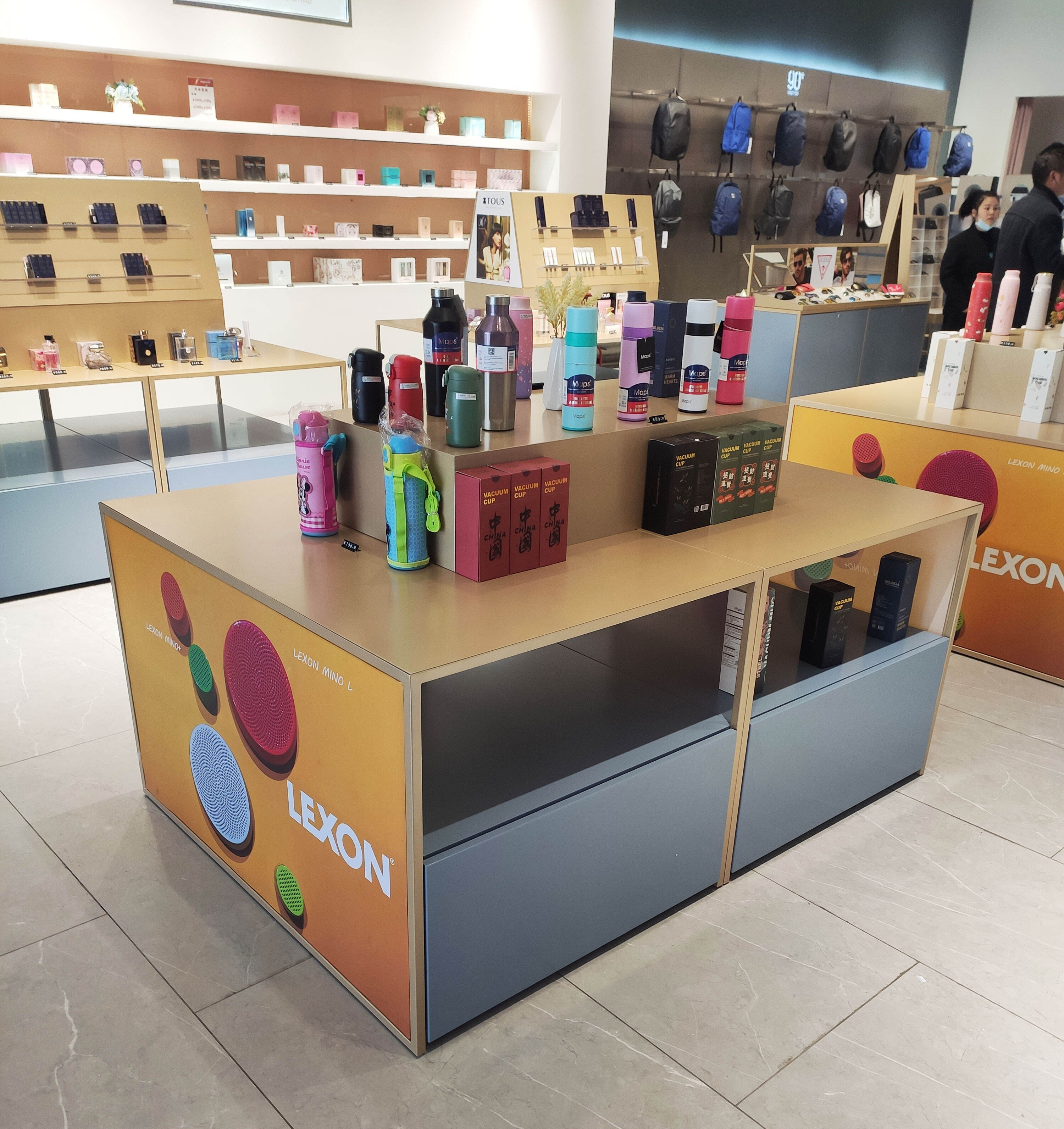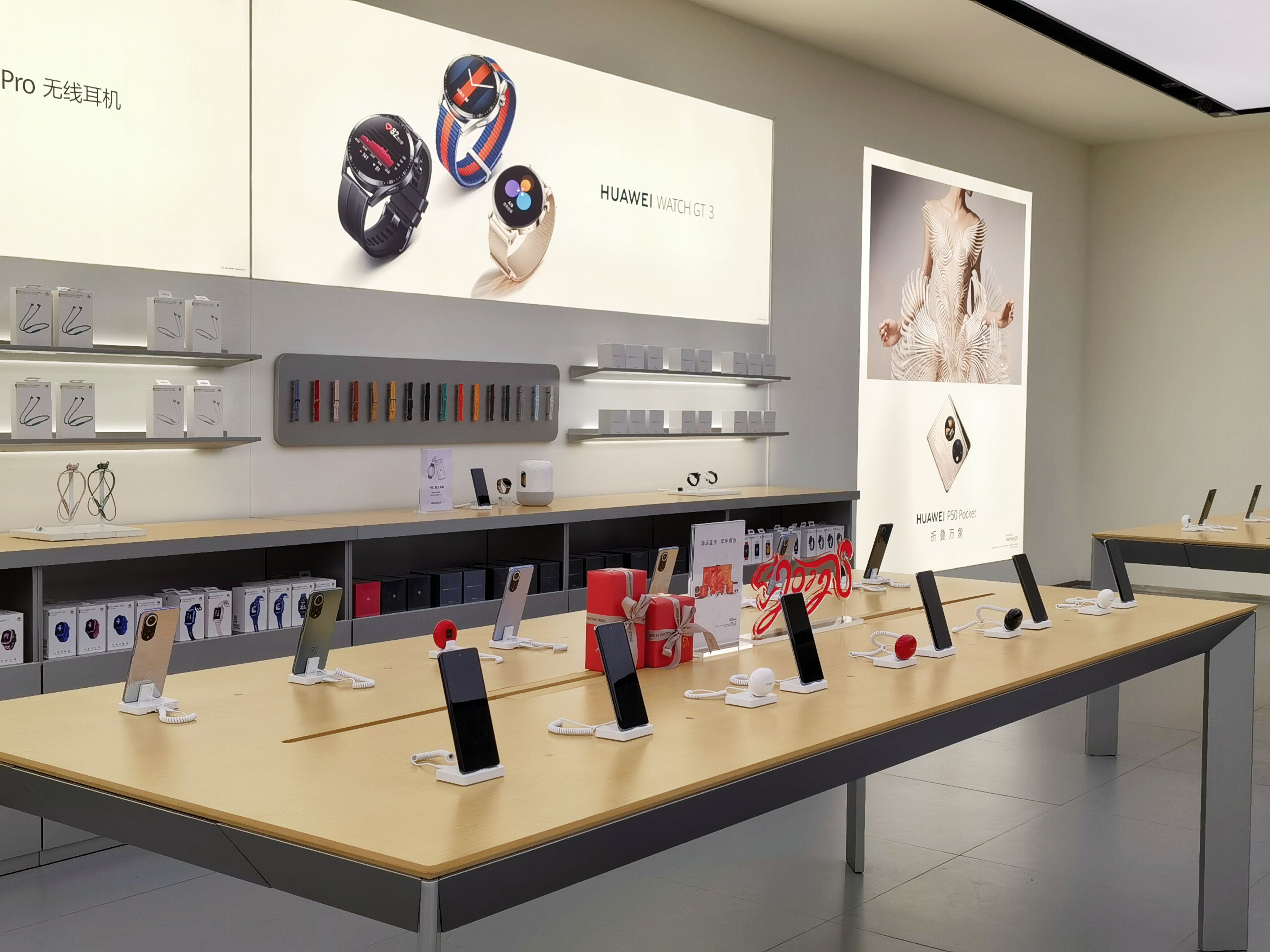Transform Your Space with Strategic Shelving Solutions
When it comes to maximizing the potential of any space, shelving stands as one of the most versatile and impactful solutions available. Whether you're working with a cozy apartment, sprawling retail space, or busy warehouse, the right shelving strategy can completely revolutionize how you store, organize, and display items. Beyond mere functionality, modern shelving solutions have evolved to become an integral part of interior design, offering both practical storage and aesthetic appeal.
The key to successful shelving lies in understanding how to effectively utilize vertical space while maintaining accessibility and visual harmony. By implementing thoughtful shelving solutions, you can double or even triple your storage capacity without sacrificing floor space or compromising on style. This comprehensive guide will explore expert techniques, design principles, and practical tips to help you make the most of your shelving systems.
Design Principles for Effective Shelving Systems
Balance of Form and Function
The most successful shelving installations strike a perfect balance between aesthetic appeal and practical utility. Consider the visual weight of your shelving units and how they interact with the surrounding space. Open shelving can create an airy, spacious feel while providing ample storage opportunities. The key is to choose materials and designs that complement your existing décor while meeting your storage needs.
When selecting shelving materials, consider both durability and design impact. Metal shelving offers industrial charm and exceptional strength, while wooden shelves bring warmth and traditional elegance. Glass shelving can create a contemporary, floating effect that works particularly well in modern spaces. The material choice should reflect both your style preferences and the practical demands of what you'll be storing.
Strategic Space Planning
Before installing any shelving, conduct a thorough assessment of your space and storage needs. Consider traffic flow, access points, and natural light sources. Wall-mounted shelving can maximize vertical space while keeping floor areas clear, while freestanding units offer flexibility and can serve as room dividers. The key is to create a layout that enhances rather than impedes movement through the space.
Measure your space carefully and plan for adequate clearance around shelving units. Consider the depth of shelves based on what you'll be storing - deeper shelves work well for larger items but can make a space feel cramped if used extensively in smaller rooms. Remember to account for future needs by incorporating some flexibility into your design.
Maximizing Vertical Space Through Smart Shelving
Floor-to-Ceiling Solutions
One of the most effective ways to maximize storage capacity is by utilizing the full height of your walls. Floor-to-ceiling shelving makes use of often-overlooked vertical space while creating a dramatic architectural element. When implementing tall shelving solutions, consider incorporating a rolling ladder or step stool for safe access to upper shelves.
To make the most of floor-to-ceiling shelving, organize items by frequency of use, keeping frequently accessed items at eye level and storing less-used items on higher shelves. This approach ensures practical functionality while maintaining an organized appearance. Consider using matching storage boxes or baskets on upper shelves to create a cohesive look while concealing items that might appear cluttered.

Adjustable Systems for Flexibility
Invest in adjustable shelving systems that can adapt to changing storage needs. Track-mounted shelves or pegboard systems allow you to modify shelf heights and configurations as needed. This flexibility ensures your storage solution can evolve with your requirements over time, making it a more sustainable long-term investment.
The ability to adjust shelf spacing also allows you to maximize vertical space by eliminating wasted gaps between shelves. Consider using a combination of fixed and adjustable components to create a custom solution that perfectly fits your space and storage needs.
Creative Display Techniques
Layer and Group Items
Create visually appealing displays by layering items at different heights and depths. This technique adds dimension and interest while maximizing the use of shelf space. Group similar items together, creating small vignettes that tell a story or serve a specific purpose. Use risers or small platforms to create additional levels within each shelf.
Consider the principles of visual merchandising when arranging items on shelves. Place larger items toward the back and smaller items in front, creating a graduated display that allows all items to be seen. Use this technique in both retail and home environments to create attractive and functional arrangements.
Lighting Integration
Incorporate strategic lighting to enhance both the functionality and appearance of your shelving. Under-shelf lighting can illuminate work areas or highlight displayed items, while integrated LED strips can create dramatic effects and improve visibility. Consider using battery-operated or wireless lighting solutions for flexibility in placement and installation.
Different lighting techniques can create various moods and effects. Spot lighting can draw attention to specific items or areas, while ambient lighting creates a softer, more welcoming atmosphere. Remember to consider both natural and artificial light sources when planning your shelving layout.
Maintenance and Organization Strategies
Regular Assessment and Rotation
Maintain the effectiveness of your shelving system through regular assessment and reorganization. Periodically review stored items, removing those that are no longer needed and adjusting shelf configurations to accommodate new items. This ongoing maintenance ensures your shelving continues to serve its intended purpose efficiently.
Implement a rotation schedule for displayed items to keep arrangements fresh and interesting. This is particularly important in retail environments but can also enhance home displays. Regular rotation also provides opportunities to clean and inspect shelving units for any needed repairs or adjustments.
Sustainable Storage Solutions
Consider environmental impact when selecting shelving materials and storage solutions. Choose sustainable materials like bamboo or recycled metal, and opt for quality construction that will last for years. Implement storage solutions that reduce the need for additional storage products and minimize waste.
Look for ways to repurpose existing shelving units or incorporate reclaimed materials into your storage solution. This approach not only reduces environmental impact but can also create unique, character-filled displays that tell a story.
Frequently Asked Questions
What is the ideal shelf depth for different storage needs?
For books and small decorative items, 8-10 inches is typically sufficient. Kitchen items and larger displays may require 12-16 inches. Storage for larger items like boxes or equipment might need 18-24 inches. Always consider the specific items you'll be storing and allow a little extra depth for flexibility.
How do I ensure my wall-mounted shelving is secure?
Always locate and use wall studs for mounting, or install appropriate wall anchors rated for the expected weight load. Consider the total weight of both the shelving and stored items. For heavy loads, consult a professional installer or structural engineer to ensure safety.
What's the best way to organize items on shelves for maximum efficiency?
Implement a system based on frequency of use, with most-used items at eye level. Group similar items together and use clear containers or labels for easy identification. Consider implementing a zone system where different shelving areas serve specific purposes or store particular categories of items.




